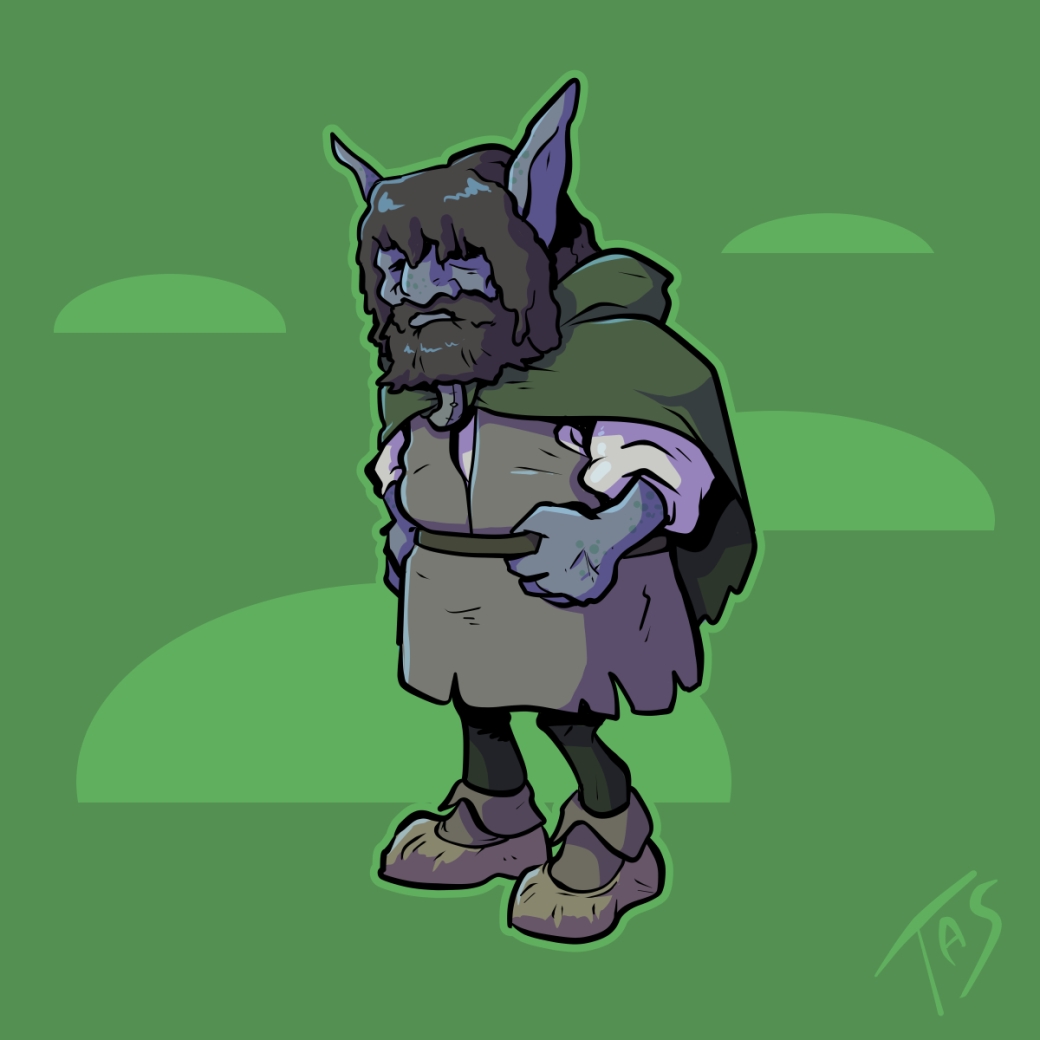
Trow
Region of origin: The Orkney Islands
Small folk of the Orkney Islands, the trow share traits of their fae cousins in the British isles as well as Norse creatures like trolls and draugr, albeit much tinier, with stories describing trow from as small as mice to upwards of three feet tall. Like the trolls, the trow abhorred sunlight and lived underground in locations known as knowes or howes, earthen mounds disguising elegantly-decorated halls underground, although the trow were said to be able to come and live on the surface during the week before Christmas. When above ground at night, the trows could turn invisible at will to hide from humans, although some people were born with a gift to see the creatures that they could pass on to others through touch, while other tales told of folk methods that granted people this ability such as washing your face with eggs. Trows were often viewed as good-natured, with a love of dancing and music, the fiddle in particular. Their relationship to humans tended to run neutral to positive, the male-only race even said to marry and conceive children with human women, but they were considered mischievous and mercurial and could turn destructive if their knowes were damaged or otherwise treated discourteously. Similar to other fae creatures Trows also often engaged in taking children and cattle and leaving changeling replacements in their place.







